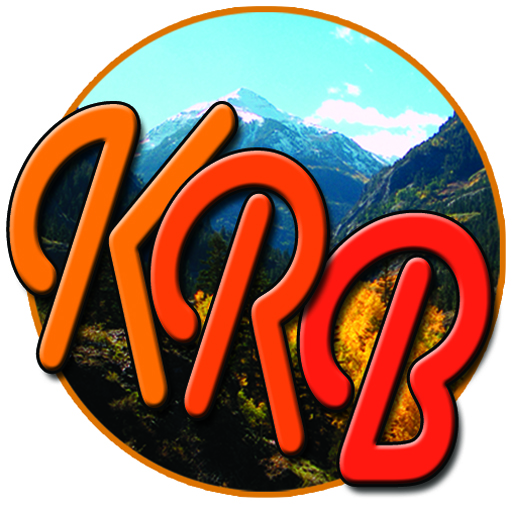Railroad History of the Uncompahgre Valley, Then and Now

[July 14, 2021. By Kathryn R. Burke] The event is part of a series presented about the region’s colorful history: History Wednesdays at Montrose Center for the Arts (MCA). Produced by Kate Burke, these Wednesday afternoon programs are a joint effort of Kate and subject-related local and regional historical associations and museums.
Karl Schaeffer, President of the Ridgway Railroad Museum, shared Railroad History of the Uncompahgre Valley, Then and Now. The event is part of an ongoing series presented about the region’s colorful history: History Wednesdays at MCA. Produced by Kate Burke, these Wednesday afternoon programs are a joint effort of Kate and subject-related local and regional historical associations and museums.
Schaeffer’s presentation highlights MCA’s month-long exhibit. San Juan Mountain Mining & NG Railroad History featuring artwork about hardrock mining and the narrow gauge railroads that served the mines and towns of the region. As part of the that show, watercolorist Virginia Blackstock and guest artist Jeff Ellingson (Durango Roundhouse Museum) have gifted paintings to MCA to be auctioned off as a fundraiser.
Schaffer’s Power Point Presentation featured the history and restoration of the Goose. Seven Geese were built by the Rio Grande Southern Railroad (RGS) in the 1930s to carry mail to the small rural towns in the San Juan Mountains. During the Depression (and even after WWII), there wasn’t enough cargo business to support running the more expensive steam locomotives on the narrow gauge railroads that traversed the steep passages of the region, so RGS came up with a unique solution.
Also called a ‘Motor,’ because it was constructed of a full size automotive chassis mounted on ‘trucks’ so it could ride on the steel rails, all seven Geese were constructed in the railroad shops at Ridgway Colorado. They soon carried passengers as well as mail and cargo. When the railroad finally shut down in 1952, four of them were converted to tourist trains, and the RGS officially named them Galloping Goose. The Geese were popular conveyances for people visiting the area, as well as fun mode of travel for local residents. They ran until 1952, when the last of the narrow gauge tracks were removed on the line north from Ouray to Montrose.
Over time the geese deteriorated, but eventually, the five that remained were restored. The last was the #4, which lived in Telluride for many years, owned by the Telluride Volunteer Fire Department. Under contract with them, RRM completely restored #4. Under the direction of Schaeffer, Motor #1, the first of the two RG Geese that were lost, was perfectly replicated. It was moved to Ridgway in 2001, the first time in 47 years that a Goose came home! Now, #4 is there too, running on the half-mile loop track at the museum. Click HERE to watch Motor No. 1 in operation. Learn more about the museum at website.


